Controversy continues to surround this practice
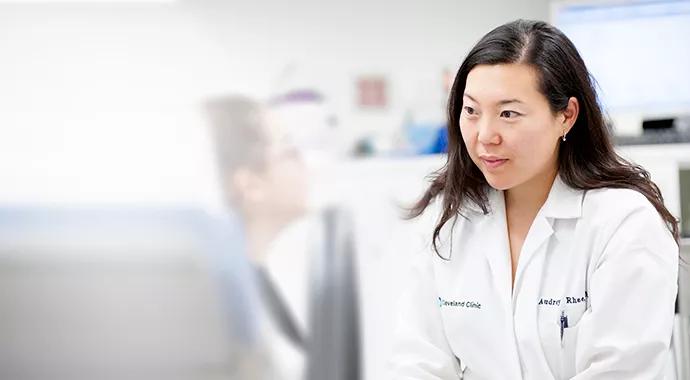
Advertisement
Cleveland Clinic is a non-profit academic medical center. Advertising on our site helps support our mission. We do not endorse non-Cleveland Clinic products or services. Policy
Hypospadias is the second most common birth defect involving the male genitalia (first is cryptorchidism). The incidence of this defect, in which the urethral opening is not located at the tip of the penis, is 1 in every 250 male births in the United States. Normal sexual differentiation of the external genitalia is believed to result from a combination of normal genes and a normal hormonal environment. Any disruption of these factors can result in hypospadias.
The goal of surgical repair is to create a straight phallus and a urethral meatus at the tip of the glans. The risk of complications from surgical correction increases with more proximal meatus location and with smaller phallus or glans size. These complications include glans dehiscence, urethrocutaneous fistula, meatal stenosis and postoperative scarring.
Considerable controversy surrounds the use of hormonal stimulation to temporarily increase phallic size, specifically glans size, to reduce the risk of complications from surgical repair of hypospadias. Since its successful use in 1973 for micropenis and increase in penile length in prepubertal boys, hormonal stimulation has demonstrated penile enlargement with both topical and parenteral administration and has become common practice for most pediatric urologists.1-4 Its side effect profile includes acceleration in bone age, sexual precocity, aggression and premature growth of pubic hair. With cessation of use, most of these side effects will resolve.
Koff and Jayanthi reported their work with preoperative hormonal stimulation in the proximal hypospadias population.5 In 12 boys, they found that preoperative human chorionic gonadotropin (b-HCG) not only increased penile length and glans size but also reduced the severity of hypospadias and chordee and increased the vascularity and thickness of the proximal corpus spongiosum. These preoperative changes permitted a simpler repair. They reported one complication, a urethrocutaneous fistula.
Advertisement
In theory, these findings would suggest that reducing the complexity of the hypospadias repair with androgen stimulation should result in a decrease in postoperative complications. However, two recently published large retrospective studies suggest that the matter is likely more nuanced.
Gorduza et al reviewed 300 “severe hypospadias cases” treated with urethroplasty with or without preoperative androgen stimulation over a 10-year period.6 The indications for androgen stimulation (either b-HCG or systemic testosterone) were penis< 25 mm, marked hypoplasia of the ventral tissues of the penis or association of cryptorchidism. There was significant variance in the timing of hormone administration. No difference in complication rates was observed between those who received b-HCG and those given systemic testosterone. Healing complications occurred in 26 patients; the incidence of healing complications was 30 percent among patients who received androgen stimulation vs. 17.7 percent among patients who did not. The difference was not statistically significant (P = .23), which the authors attributed to the power of their study. In looking at the trend, they concluded that androgens inhibit cutaneous wound healing and promote inflammation, as had been demonstrated in the mouse model.7 They also suggested that the shorter the interval between androgen stimulation and surgery, the higher the incidence of healing complications.
Snodgrass et al reviewed 641 patients who underwent transurethral incision of urethral plate repair, 56 of whom had proximal hypospadias.8 Of the total patient population, 32 patients (5 percent) developed postoperative glans dehiscence, which occurred in 20 of 520 distal repairs (4 percent), 1 of 47 midshaft repairs (2 percent) and 11 of 74 proximal repairs (15 percent). Hormonal stimulation was given to the patients whom the surgeons judged to have inadequate glans. Comparison of patients who underwent preoperative hormonal stimulation with those who had matched preoperative factors but did not receive hormonal stimulation revealed no difference in glans dehiscence. Notably, patients with a proximal meatus location had an odds ratio of 3.60 for developing glans dehiscence relative to those with a distal meatus.
Advertisement
This leads to several questions:
To address these questions, Wright et al recently published a meta-analysis after reviewing several studies in patients who had undergone proximal hypospadias repair.9 Among the 288 citations, only 11 studies met the researchers’ criteria. The most common method of preoperative stimulation was intramuscular testosterone. Of the 11 studies, only four addressed postoperative complications. Dose schedule, time to surgery and indications for stimulation were not well recorded. There were no documented persistent side effects from the hormones. The authors commented on the low quality and small number of studies in the literature but noted that the data suggest a possible relationship between preoperative hormonal stimulation and increased complication rates.
While a number of retrospective studies have evaluated whether preoperative hormonal stimulation is beneficial and assessed possible complications from its use, the quality of the data is mediocre at best. A randomized, prospective, controlled study is necessary to answer the questions above.
In Cleveland Clinic Children’s Center for Pediatric Urology, we believe there is merit in the use of androgens in a select group of patients — specifically, those with a very small glans. As we advance in our understanding, there will likely be an evolution of set indications for these select patients (instead of reliance on the surgeon’s subjective assessment), which would be a welcome development.
Advertisement
Key Takeaways on Hormonal Stimulation for Hypospadias
Advertisement
Dr. Rhee is a pediatric urologist in the Center for Pediatric Urology and the Glickman Urological & Kidney Institute. She can be reached at 216.636.9483 or rheea@ccf.org.
Advertisement

Cleveland Clinic physicians offer their insights

Increasing support for breastfeeding patients

Program has facilitated nearly 300 consults across 25 departments in less than a year
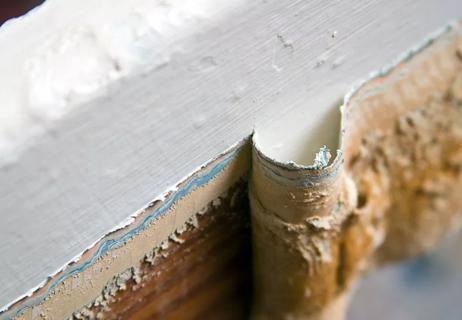
Though completely preventable, lead poisoning remains a public health threat
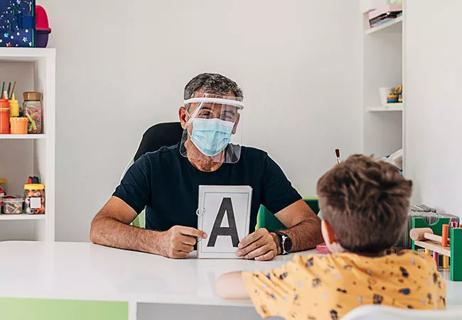
Helps patients visualize proper tongue placement
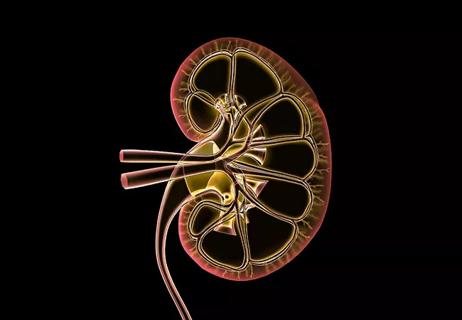
On the need for coordinated care
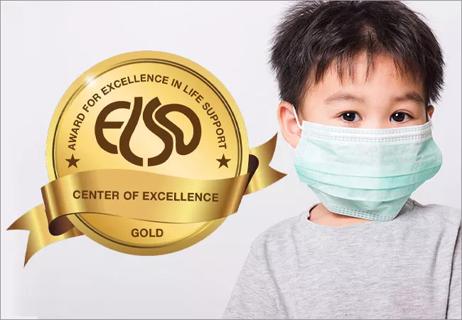
Program wins gold ELSO award